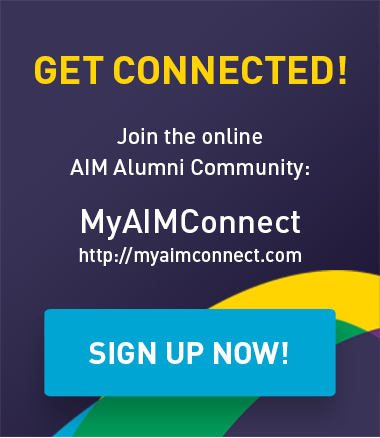Research by: Bo Yang, Shen Ren, Erika Fille Legara, Zengxiang Li, Edward Y. X. Ong, Louis Lin, & Christopher P. Monterola
Executive Summary
Bridging services, such as taxis and shuttles, play an important role in balancing the modern city’s need to offer comfortable, flexible, and affordable transport service, while enhancing the overall efficiency of urban traffic system, which also includes the public transportation and private vehicles. In most cities, taxis are the dominant mode of bridging services with the ability to retain most, if not all, of the benefits of owning a private vehicle. However, it is also important to note that at the system level, increasing the market share of taxi services can have adverse effects in large and crowded cities as choosing taxis over public transportation generally results in more trips on the road, more energy consumed, and more greenhouse gas emissions at similar levels as private cars.
In this work, we implement a comprehensive numerical model using both artificial and empirical inputs to analyse taxi dynamics in an urban setting. More specifically, we quantify how the supply and demand for taxi services, the underlying road network, and the public acceptance of taxi ridesharing (TRS) affect the optimal number of taxis for a particular city and commuters’ average waiting time and trip time. Our results reveal certain universal features of the taxi dynamics with real-time taxi booking that is reported formally for the first time: that there is a well-defined transition between the oversaturated phase when demand exceeds supply and the undersaturated phase when supply exceeds demand. The boundary between the two phases gives the optimal number of taxis a city should accommodate, given the specific demand, road network, and commuter habits. Adding or removing taxis may affect commuter experience very differently in the two phases revealed.
In the oversaturated phase, the average waiting time is exponentially affected, whereas in the undersaturated phase it is affected sublinearly. We analyse various factors that can shift the phase boundary and show that an increased level of acceptance for TRS universally shifts the phase boundary by reducing the number of taxis needed. We discuss some of the useful insights for the benefits and costs of TRS, especially how, under certain situations, TRS not only economically benefits commuters but can also save the shared parties in overall travel time by significantly reducing the time commuters spend on waiting for taxis. Simulations also suggest that elementary artificial taxi systems can capture most of the universal features of the taxi dynamics. We give detailed methodologies of the microscopic simulations we employed. The relevance of the assumptions and the overall methodology are also illustrated using comprehensive empirical road network and taxi demand in the city-state of Singapore.
With more accurate empirical data, we can thus offer good quantitative guidance for how to regulate the size of the taxi fleet in the city. In particular, we show that taxi sharing can significantly reduce the optimal number of taxis. Thus, even though the trip time itself could be longer, the overall travel time (which is the sum of the waiting and trip time) can be significantly shorter. By maintaining an optimal taxi fleet size and given the empirical fluctuation of the demand, we can thus show that taxi sharing can be both a cost-saving and a timesaving behaviour for the commuters. The work can be readily extended to study and evaluate the performance of adaptive shuttle services, in which vehicle occupancy can be large and ridesharing can involve multiple parties.
To cite this article: Yang, B., Ren, S., Legara, E. F., Li, Z., Ong, E. Y. X., Lin, L., & Monterola, C. P. (2020). Phase transition in taxi dynamics and impact of ridesharing. Transportation Science, 54(1), 1-24. https://pubsonline.informs.org/doi/10.1287/trsc.2019.0915.
To access this article: https://pubsonline.informs.org/doi/10.1287/trsc.2019.0915
About the Journal
Transportation Science is the foremost journal in the field of transportation analysis. The journal features comprehensive timely articles and surveys that cover all modes of transportation, present and prospective, and researches planning and design issues and the related economic, operational, and social concerns.
SJR: 106 | ABS: 3





